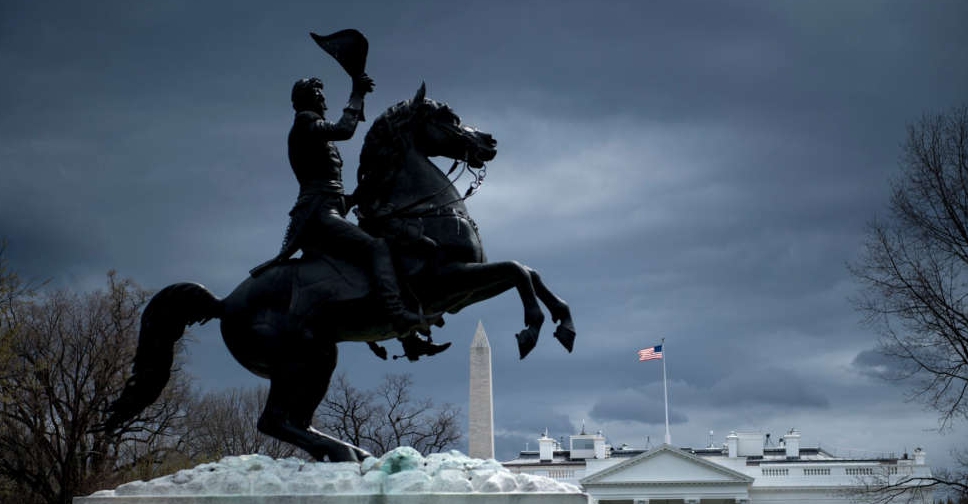
Lightning struck a square near the White House in Washington DC, leaving three people dead and one other in critical condition; scientists say climate change is increasing the likelihood of lightning strikes across the United States.
On Thursday, the hot, humid conditions in Washington, D.C., were primed for electricity. Air temperatures topped out at 94 degrees Fahrenheit (34 degrees Celsius) – or 5F (3C) higher than the 30-year normal maximum temperature for Aug. 4, according to the National Weather Service.
More heat can draw more moisture into the atmosphere while also encouraging rapid updraft – two key factors for charged particles, which lead to lightning. A key study released in 2014 in the journal Science warned that the number of lightning strikes could increase by 50% in this century in the United States, with each 1 C (1.8 F) of warming translating into a 12 per cent rise in the number of lightning strikes.
Fast-warming Alaska has seen a 17 per cent rise in lightning activity since the cooler 1980s. And in typically dry California, a siege of some 14,000 lightning strikes during August 2020 sparked some of the state's biggest wildfires on record.
Beyond the United States, there is evidence that lightning strikes are also shooting up in India and Brazil.
But even as lightning strikes increase, being hit by one is still extremely rare in the United States, experts say. According to the Centre for Disease Control, roughly 40 million lightning bolts touch down in the country every year, with the odds of being struck less than 1 in a million.
Among those who are hit, about 90% survive the ordeal, the CDC says. The country counted 444 deaths from lightning strikes from 2006 through 2021.
The two men and two women struck by lightning on Thursday while visiting Washington's Lafayette Square, just north of the White House, were among the unlucky few - struck by a bolt that hit the ground during a violent afternoon thunderstorm.
The lightning hit a tree that stands yards (meters) away from the fence surrounding the presidential residence and offices across from the square, which is often crowded with visitors, especially in the summer.
All four victims sustained critical, life-threatening injuries and were taken to area hospitals.
Two of them later died: James Mueller, 76, and Donna Mueller, 75, from Janesville, Wisconsin, the Metropolitan Police Department said.
"We are saddened by the tragic loss of life," the White House said in a statement on Friday. "Our hearts are with the families who lost loved ones, and we are praying for those still fighting for their lives."
Later on Friday, a third victim, a 29-year-old male, was pronounced dead, the Metropolitan Police Department said. Further details on the victim were being withheld until the next-of-kin were notified.
Because heat and moisture are often needed to make lightning, most strikes happen in the summer. In the United States, the populous, subtropical state of Florida sees the most people killed by lightning.




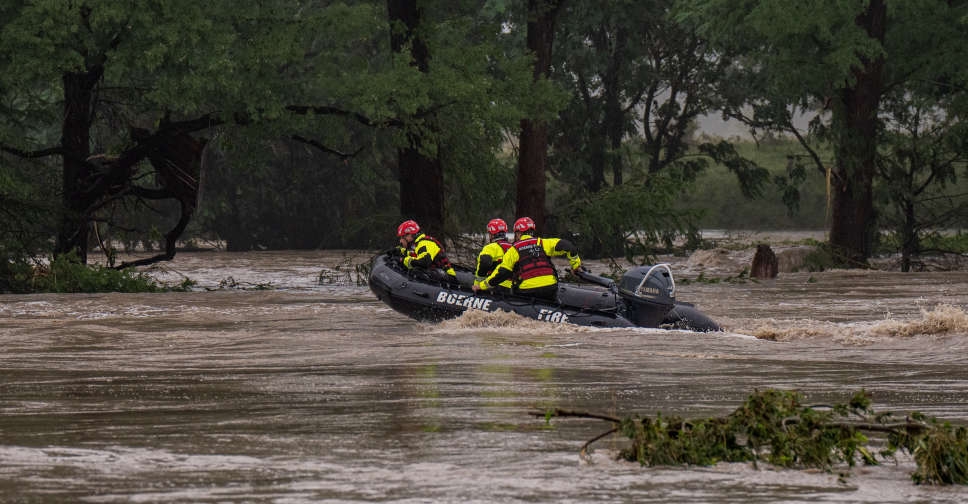 At least 24 dead in Texas flash flooding
At least 24 dead in Texas flash flooding
 Aid foundation says two of its workers injured in Gaza
Aid foundation says two of its workers injured in Gaza
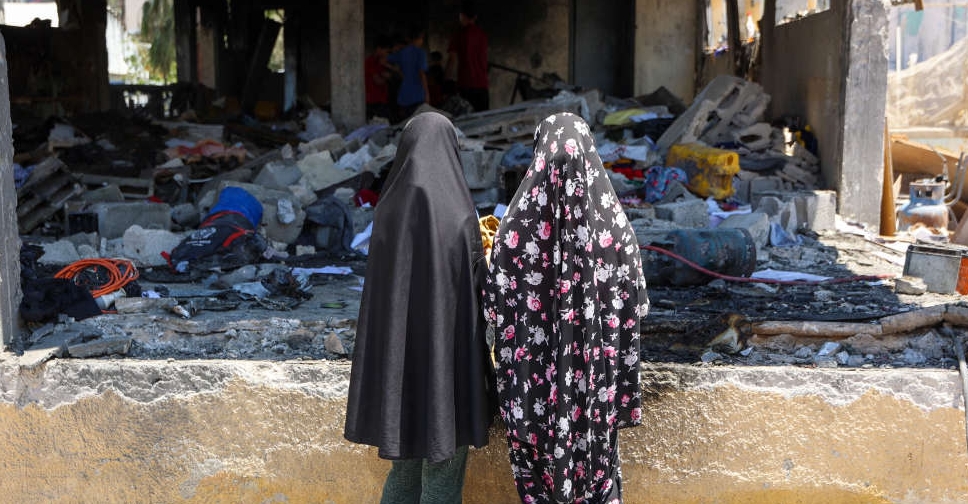 Hamas says it responds to Gaza ceasefire proposal in 'positive spirit'
Hamas says it responds to Gaza ceasefire proposal in 'positive spirit'
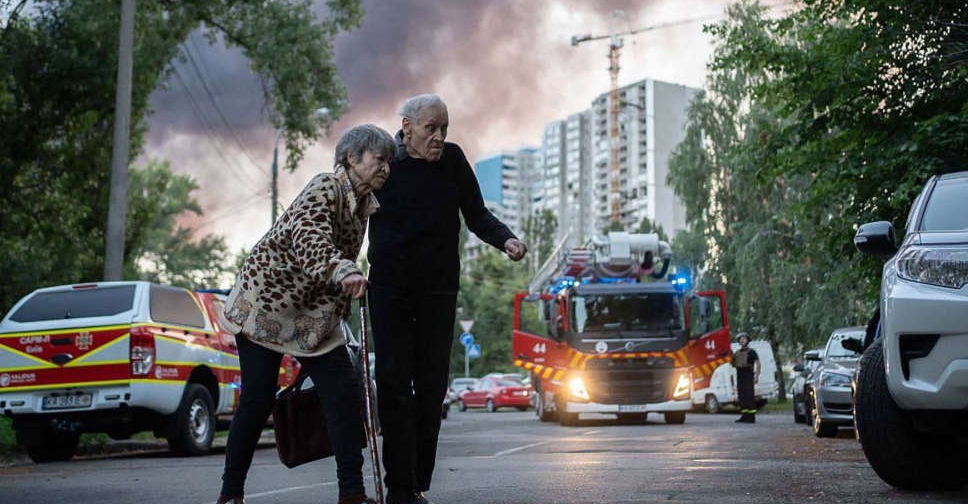 Russia pounds Kyiv with largest drone attack, hours after Trump-Putin call
Russia pounds Kyiv with largest drone attack, hours after Trump-Putin call
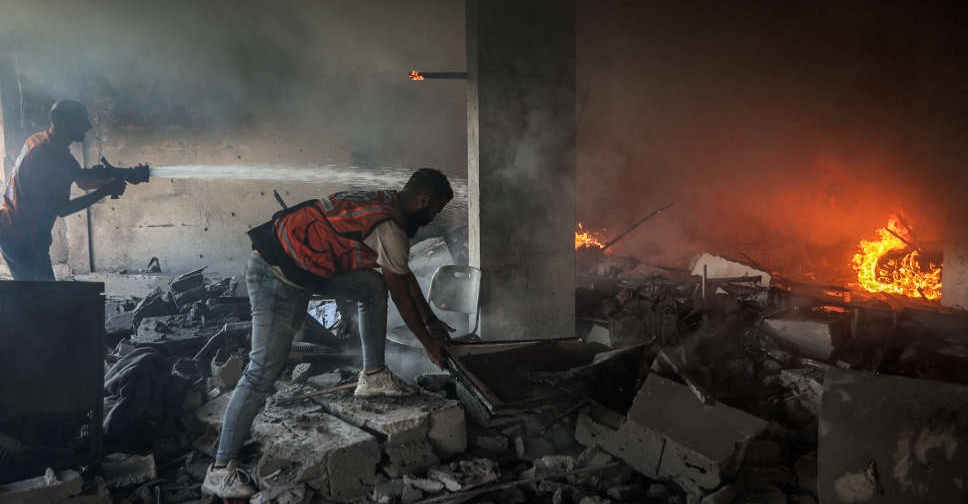 Trump says he expects Hamas decision in 24 hours on 'final' peace proposal
Trump says he expects Hamas decision in 24 hours on 'final' peace proposal
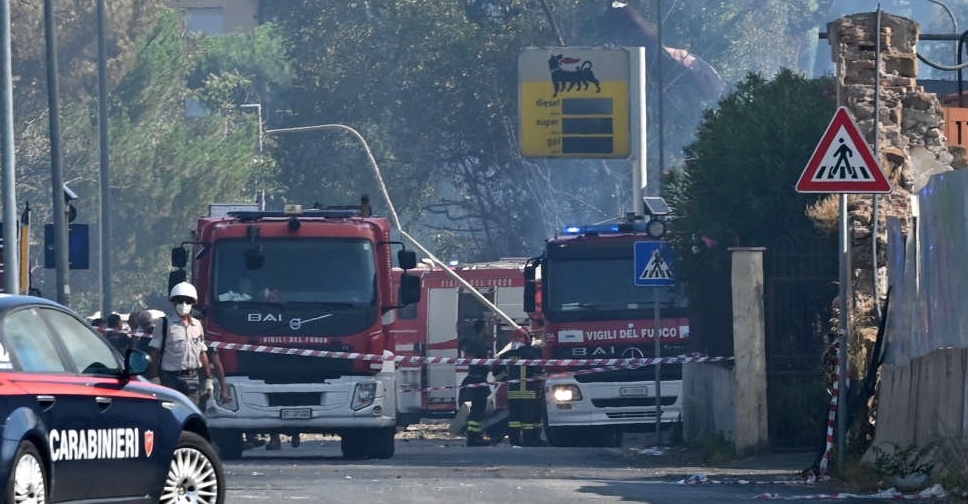 Huge explosion at Rome petrol station injures at least 27 people
Huge explosion at Rome petrol station injures at least 27 people
 Indonesia resumes search for 30 missing ferry passengers
Indonesia resumes search for 30 missing ferry passengers
 Trump celebrates tax bill victory at Iowa fairground rally
Trump celebrates tax bill victory at Iowa fairground rally




